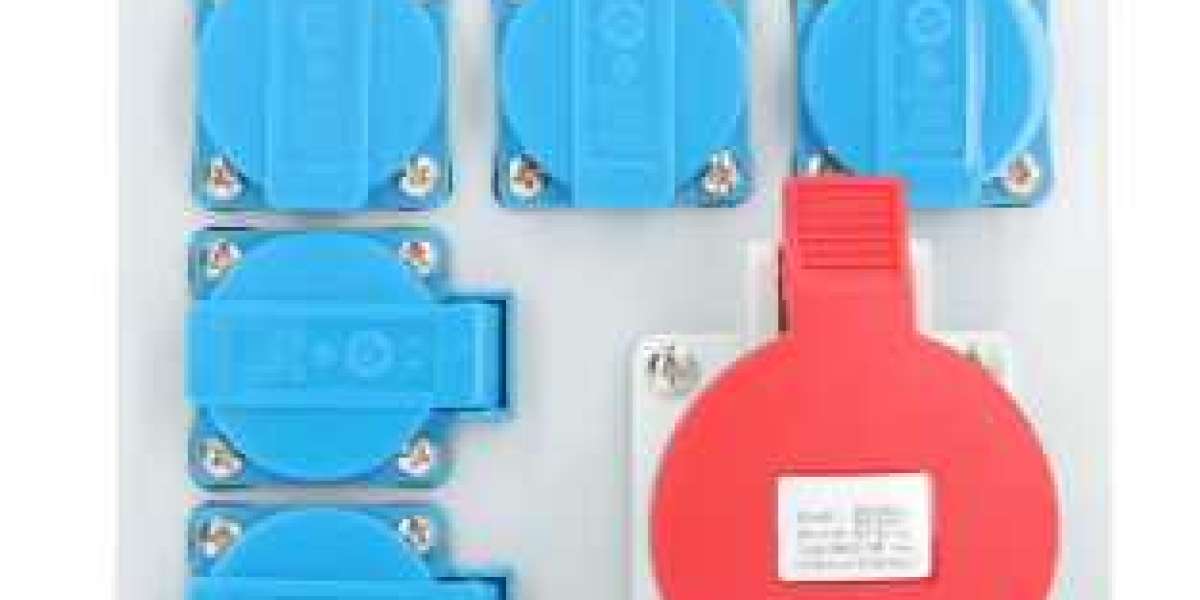In modern production areas and busy service spaces, choosing the right industrial socket box matters more than ever. As supply chains adjust and facilities upgrade equipment, these combined enclosures act as compact distribution hubs that protect connectors, simplify access, and support modular wiring. For project managers and maintenance teams, understanding basic components helps speed selection, installation, and service while reducing unexpected interruptions.
A typical assembly centers on the enclosure itself. Durable shells resist dust, moisture, and mechanical impact so internal parts stay secure. Many units include gasketed lids and captive fasteners that keep seals intact during routine checks. Inside, mounting frames hold terminal strips and breaker modules in neat rows, which makes later expansion simpler. For sites that host frequent reconfiguration, a box that accepts plug in modules reduces downtime by letting technicians swap out functional blocks rather than rewiring entire panels.
Connectors and terminals determine how cables attach and route. Robust clamp designs limit strand movement and preserve contact integrity under vibration. Removable terminal blocks allow crews to prewire offsite and crank good connections into place quickly. Where heavy loads or frequent plugging occur, reinforced contact plates maintain low resistance and prevent heating that causes trips. Selecting barrier style strips or insulated bus bars depends on space and expected current, while clear labeling prevents accidental mixing of circuits.
Safety elements deserve careful attention. Overcurrent devices protect branch lines from overload and allow technicians to isolate faults without cutting supply to an entire area. Surge modules inside the housing shield sensitive electronics from transient spikes that follow network disturbances. Grounding points and bonded frames ensure stray currents find a safe path, protecting personnel and sensitive gear. In damp environments, choosing enclosures with rated ingress protection and corrosion resistant hardware lowers long term service needs.
Cooling and thermal design influence reliability where density is high. Internal partitions keep power feeds separated from control wiring, reducing localized warming. Vent channels, heat sinks and reflective surface finishes lower internal temperatures naturally. For installations in confined cabinets or sun exposed exteriors, ventilated lids or thermostatically controlled fans add extra resilience. Monitoring thermal behavior with spot sensors becomes a useful preventative step for operations that run continuously.
Ease of maintenance speeds recovery during incidents. Hinged panels that open wide, captive screws that do not fall out, and quick release frames all reduce time spent on routine tasks. Keeping common spare parts like replacement gaskets, terminal blocks and surge cartridges nearby shortens repair cycles. Clear wiring diagrams affixed inside the door help new technicians locate circuits quickly, which matters when teams rotate across shifts.
Compatibility with communications hardware opens further capability. Some combined boxes provide space for data connectors, PoE injectors, or fiber pigtails so power and signals route from the same node. This layout reduces cable clutter and limits the number of junctions in a run. For smart factory initiatives, enclosures that accept monitoring modules let managers collect usage metrics and predict service needs before failures appear.
Selecting materials requires matching expected exposure. Stainless and treated alloys work well where chemical agents or salt air exist, while reinforced polymers resist denting and often reflect heat. Finish options and mounting choices should reflect wall substrate and vibration levels. For mobile units, vibration rated mounting frames and captive hardware keep internals from loosening during transit.
Planning for future needs avoids costly rework. Choose enclosures with extra mounting depth and spare module slots so new circuits or protective devices can be added without replacing the whole box. Modular breakers and labeled bus segments make phased upgrades straightforward, keeping downtime to a minimum during production changes or tenant turnover.
Working with a supplier that provides technical documentation and spare part lists accelerates specification and field support. Manufacturers that publish wiring examples and torque recommendations help electricians install reliably and meet inspection requirements. When paired with clear service contacts, such support reduces the friction of managing multiple sites.
If your project calls for rugged combined socket enclosures that balance serviceability with protection and modular growth, review offerings that match your operating environment and load profile. For a selection of configurable industrial socket box models and accessory kits tailored to factory, workshop, and outdoor uses, explore the product range at https://www.nante.com/product/ . The site provides specification sheets, installation notes, and accessory options to help you pick the right configuration and plan a smooth installation and maintenance program.








